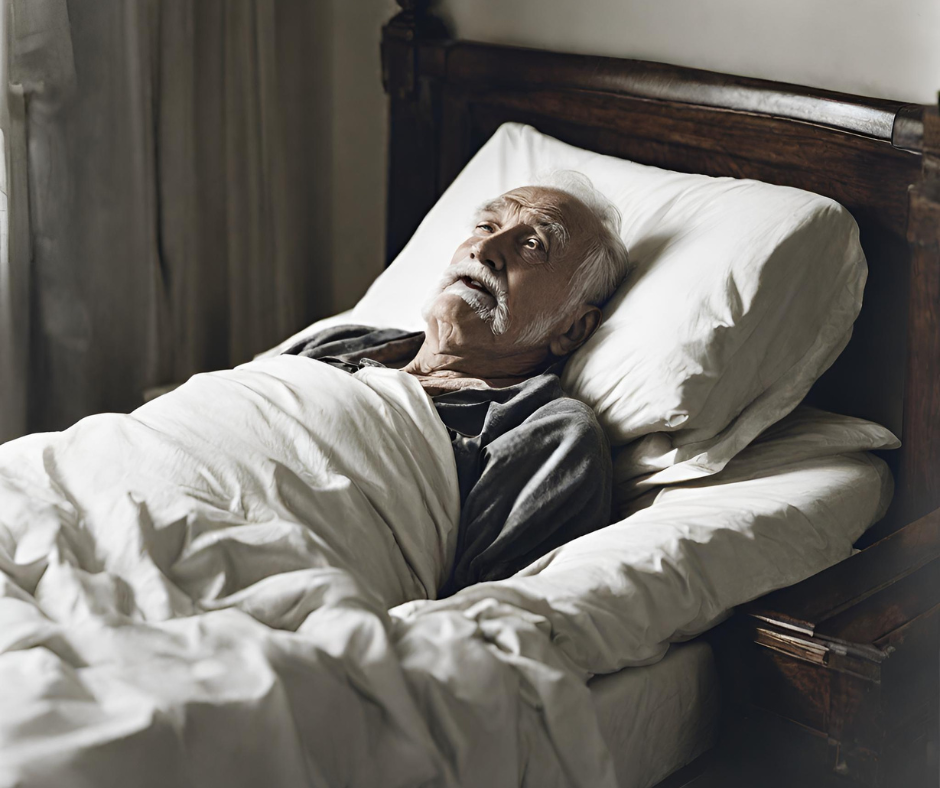The Sore in Pressure Sores
 Bill is a 70 year-old-man who developed paraplegia. During his prolonged hospitalization, a stage IV pressure sore formed. One year later, it is still present and it dominates his life at home. Pressure sores may have a huge impact on the quality of a patient’s life. There is a financial impact of prolonged treatment – dressing changes, supplies, debridements, and flap surgeries. There is a medical impact of complications and risk of death from sepsis. There is a personal impact of physical restrictions, social isolation, loss of independence, and emotional problems. There is dealing with odors and limitations on the length of time one can sit. But pain is one of the biggest factors that affects the quality of the patient’s life.
Bill is a 70 year-old-man who developed paraplegia. During his prolonged hospitalization, a stage IV pressure sore formed. One year later, it is still present and it dominates his life at home. Pressure sores may have a huge impact on the quality of a patient’s life. There is a financial impact of prolonged treatment – dressing changes, supplies, debridements, and flap surgeries. There is a medical impact of complications and risk of death from sepsis. There is a personal impact of physical restrictions, social isolation, loss of independence, and emotional problems. There is dealing with odors and limitations on the length of time one can sit. But pain is one of the biggest factors that affects the quality of the patient’s life.
Pain Scales Use with Pressure Ulcers
A variety of pain scales are used to measure that which is subjective. The universally accepted measurement techniques are the utilization of visual analog scales (10-cm line with no pain at one end and worst possible pain at the other end, and the patient places an ‘‘x’’ at the appropriate point), Faces Pain Scale (various levels of happy and sad faces), or the numerical rating scale. The numerical rating scale asks if the patient has any pain on a 0- to 10-point scale with the anchors that 0 is no pain, 5 is the pain associated with a bee sting, and 10 would be the amount of pain experienced by slamming the car door on your thumb. Even in patients who cannot respond verbally, such as those with dementia, pain still needs to be assessed. There are pain scales for these patients that rely on nonverbal clues such as facial grimaces and pupil dilatation. (Assessment of pain for people with dementia can be found at www. hartfordign.org.)
Causes of Painful Pressure Ulcers
Pain levels should be recorded before dressing change, during dressing change, and after dressing reapplication. Krasner has defined wound associated pain at dressing change (intermittent and recurrent) versus incident pain from debridement or the persistent pain between dressing changes. Woo carried the Krasner concept further and demonstrated that anxiety and other patient-related factors could intensify the pain experience.
The Wound Associated Pain Model of Woo and Sibbald defines pain from the cause of the wound as often being persistent or present between dressing changes and distinguishes this pain from the pain associated with local wound care components (dressing change, debridement, infection, lack of moisture balance). All of these factors can be modified by patient-centered concerns, including previous pain experience, anxiety, depression, mobility and awareness or lack of comfort with the setting, and the procedure or treatment plan. Pain is an under-recognized and undertreated component of chronic wound care that has been demonstrated to be more important to patients than healthcare professionals. Causes of pain at dressing change include the dressing material adhering to wound base, skin stripping from strong adhesives, and aggressive trauma from cleansing technique (eg, scrubbing with gauze).
Many patients also express chronic persistent pain between dressing changes even at rest. A systematized approach should examine other systemic and disease factors that may play a role in precipitating and sustaining persistent wound-related pain. Common systemic factors are bacterial damage from superficial critical colonization or deep and surrounding compartment infections, deep structural damage (eg, acute Charcot foot in patients with diabetes), abnormal inflammatory conditions (eg, vasculitis, pyoderma gangrenosum), or periwound contact irritant skin damage from enzyme-rich wound exudate.
Impact of Pressure Ulcer Related Pain
Bill has a Morphine pump in his abdomen to deal with his pain. He takes supplemental Morphine by mouth. There are times he sleeps all day and is awake all night. The impact of chronic unrelenting pain can be devastating, eroding the individual’s quality of life and constituting a significant amount of stress. Increased levels of stress have been demonstrated to lower pain threshold and decrease tolerance. The result is a vicious cycle of pain, stress/anxiety, anticipation of pain, and worsening of pain. Increased stress also activates the hypothalamus-pituitary-adrenal axis, producing hormones that modulate the immune system compromising normal wound healing. Medications including nonnarcotic for moderate pain and narcotic analgesics for moderate to severe pain are required to treat severe pain as outlined below. A consult from a pain and symptom management team may be considered. Comprehensive management should also include careful selection of atraumatic dressing, prevention of local trauma, treatment of infection, patient empowerment, stress reduction, and patient education.
Modified by Pat Iyer with permission from Dr. Diane Krasner, coauthor of Special Considerations in Wound Bed Preparation 2011, an Update, Advances in Skin and Wound Care, September 2011
